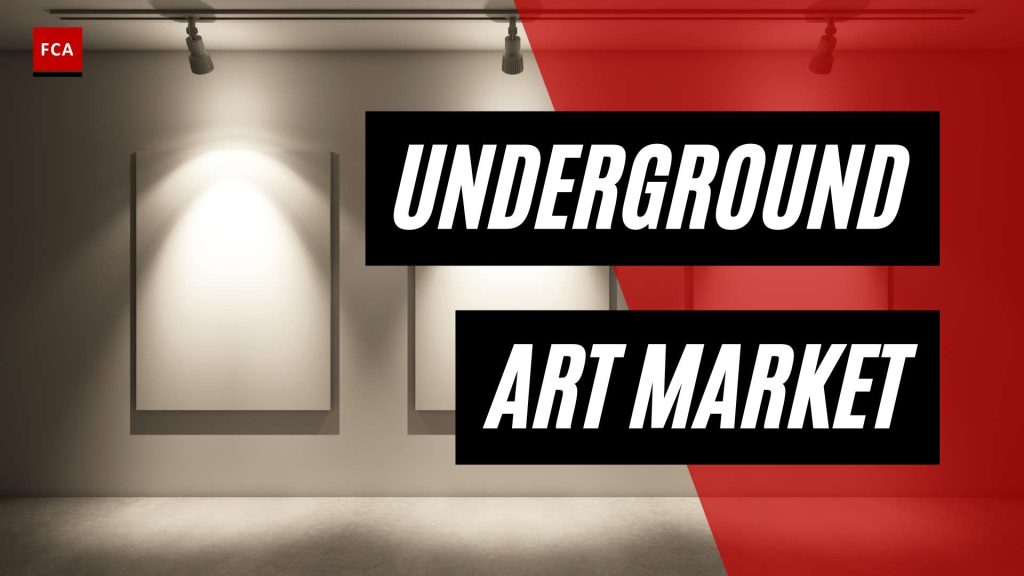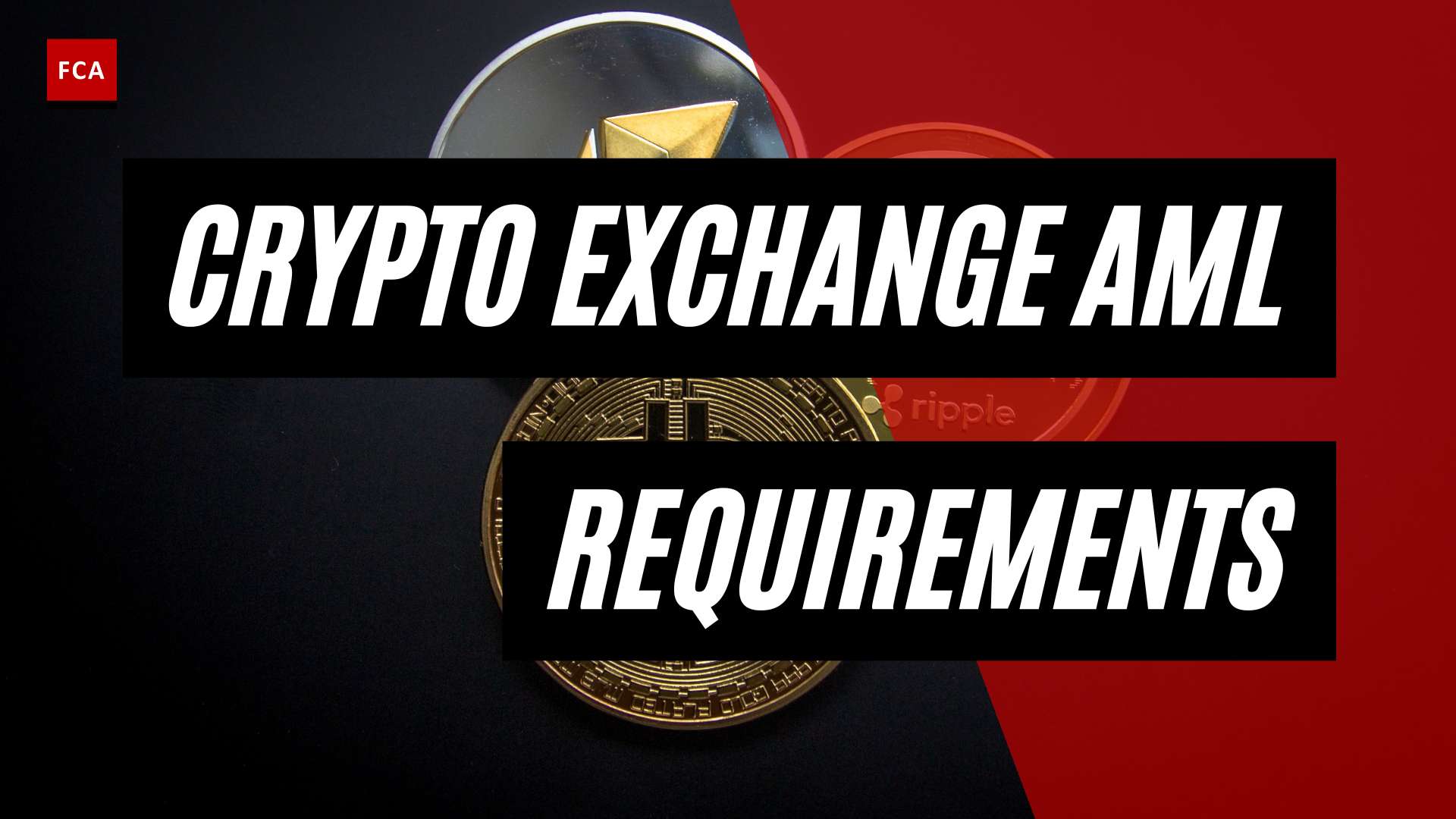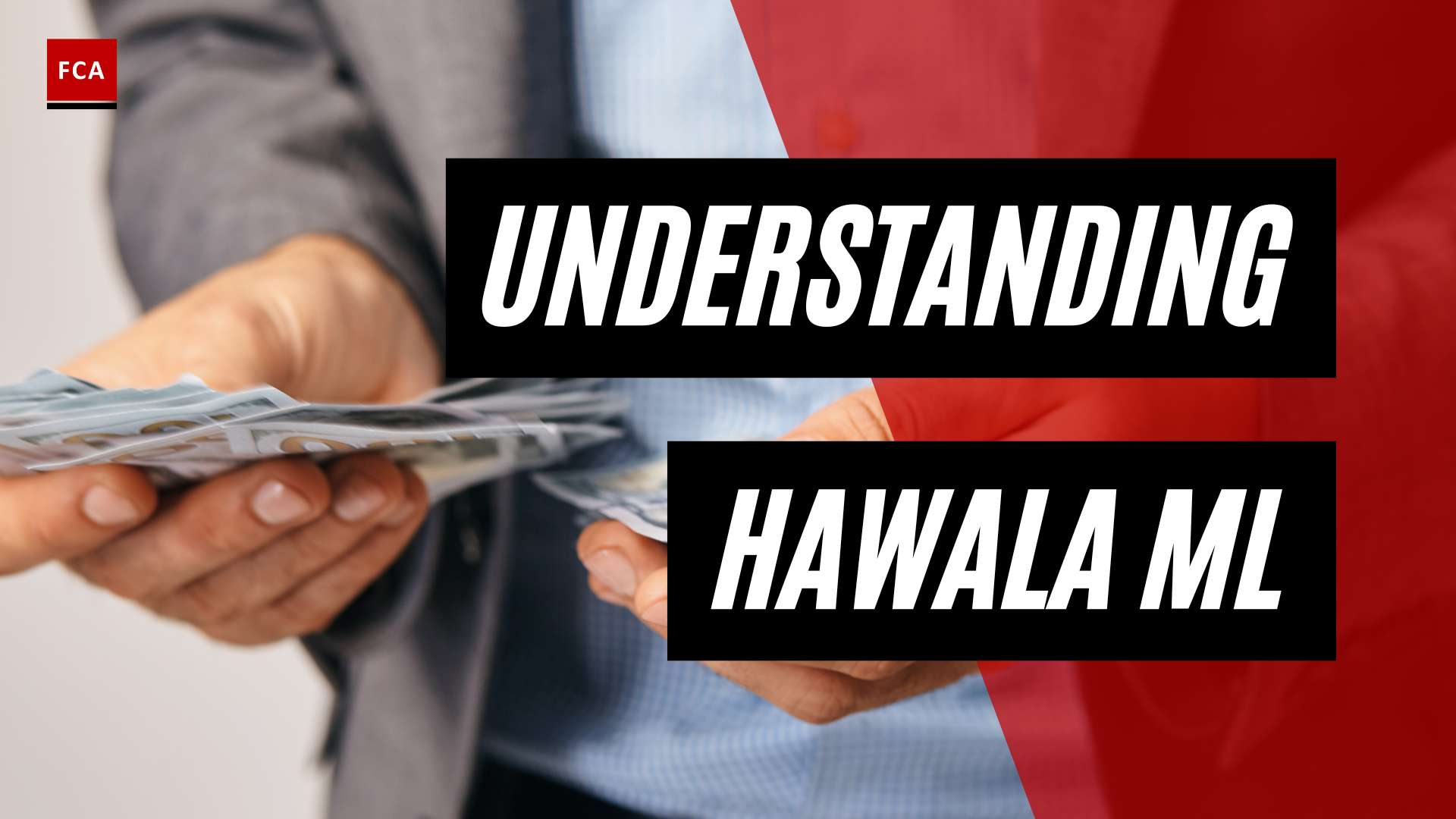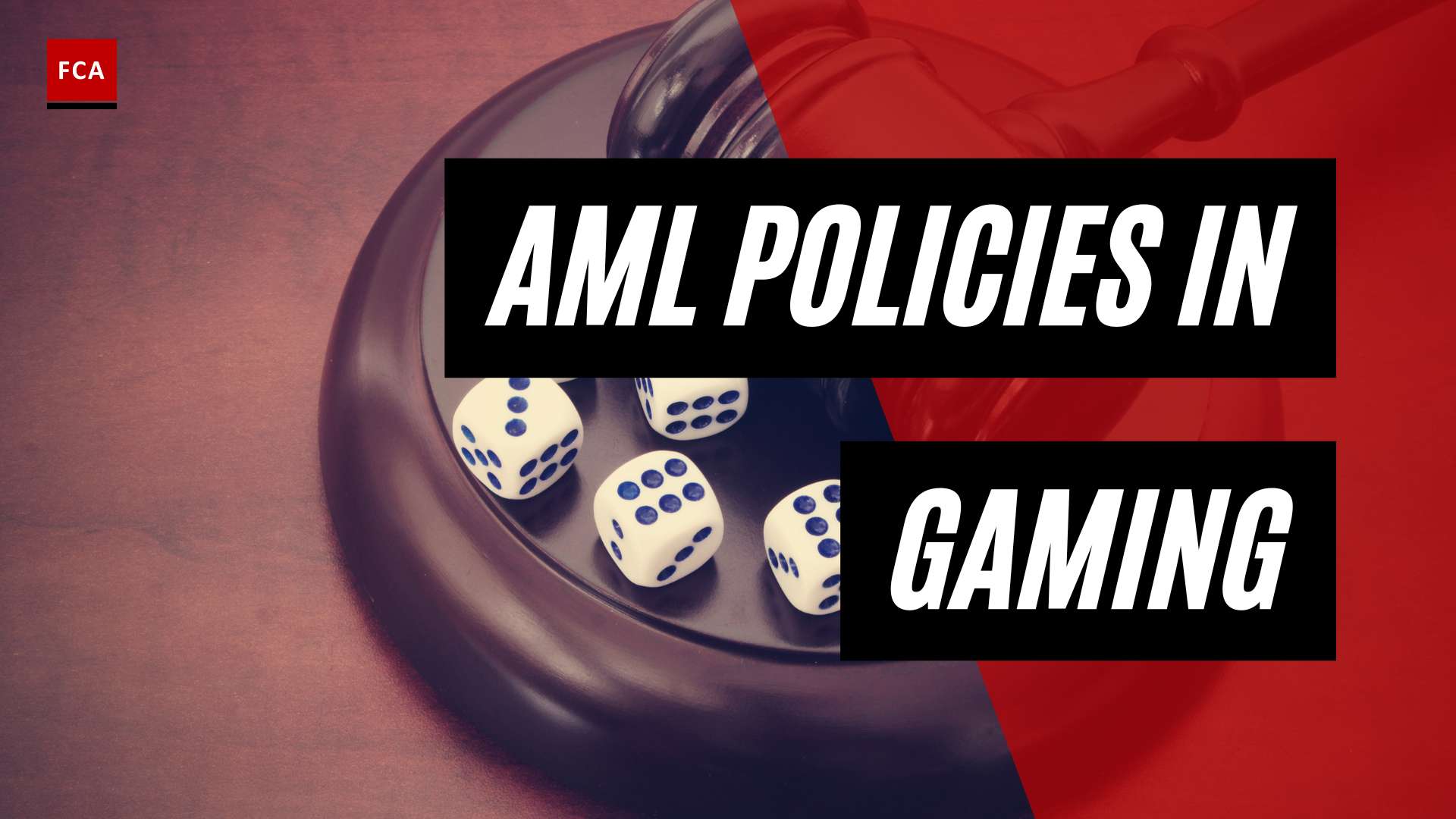The Underground Art Market: An Overview
The underground art market is a dynamic and evolving space that provides a platform for artists to showcase and sell their work outside of traditional gallery settings. This section provides an introduction to the underground art market, explores an underground art market event, and delves into the evolution of this unique market.
Introduction to the Underground Art Market
The underground art market refers to a decentralized and alternative art scene that operates outside the mainstream art establishment. It offers artists the opportunity to bypass traditional gatekeepers and connect directly with buyers, allowing for greater artistic freedom and exploration. With the advent of digital technology and online platforms, artists have gained increased access to global audiences, fostering a direct connection between creators and art enthusiasts.
One example of an underground art market event is scheduled to take place on Sunday, November 14th, 2021, from 12 PM to 7 PM, at 100 Florida Ave NE, Washington, D.C. 20002. This event, as described on the Underground Art Market Facebook Page, will feature over 70 different artists, live music, live painting, food vendors, and more, creating an engaging atmosphere for attendees. Admission to the underground art market event is free, allowing visitors to explore and support local artists without any entry fee.
Evolution of the Underground Art Market
The underground art market has witnessed significant changes and growth with the advancement of technology. Digital tools and platforms have revolutionized the art market, providing artists with new avenues for exposure, distribution, and sales. Online platforms like Etsy, eBay, and Artfinder have enabled artists to bypass traditional intermediaries and connect directly with consumers, reshaping the landscape of art commerce.
While the underground art market has created opportunities for artists to gain exposure and sell their work, it has also presented challenges and debates within the art community. Authentication and provenance issues have become increasingly important, as the proliferation of digital art and reproductions raises concerns about forgeries and unauthorized copies. Additionally, the value of art, the role of intermediaries, and the sustainability of artistic practice have been subjects of ongoing discussion in the digital age.
The underground art market continues to evolve and shape the art world, providing both opportunities and challenges for artists, collectors, and enthusiasts. By embracing technology and exploring new ways of connecting with audiences, the underground art market remains a vibrant and dynamic space within the art industry.
Technological Advancements and the Underground Art Market
In recent years, technological advancements have greatly influenced the underground art market, transforming the way artists, collectors, and enthusiasts engage with art. These advancements have introduced new opportunities and challenges, shaping the landscape of the art market. In this section, we will explore the role of technology in the art market, the impact of online platforms, and the potential of blockchain technology for transparency.
The Role of Technology in the Art Market
Technology has played a significant role in revolutionizing the art market, particularly in the underground art scene. It has provided artists with platforms to showcase their work, connect with a broader audience, and sell their art directly to collectors. Online platforms and social media have emerged as powerful tools, allowing artists to bypass traditional gatekeepers and establish their presence in the art world.
Through digital technology, artists can create websites, online galleries, and social media profiles to display their artworks, share their creative process, and engage with their audience. This accessibility has empowered artists, enabling them to reach a wider audience and gain recognition without relying solely on traditional art institutions.
Online Platforms and the Underground Art Market
Online platforms have significantly impacted the underground art market by providing a virtual space for artists to connect, collaborate, and sell their work. These platforms serve as a digital marketplace, allowing artists to showcase their pieces to a global audience and facilitate direct transactions.
Social media platforms, art marketplaces, and online forums have created communities within the underground art market, fostering connections among artists, collectors, and enthusiasts. This digital networking has enabled artists to gain exposure, share resources, and collaborate on projects more easily (iNews Network).
Furthermore, some artists in the underground art market have embraced cryptocurrency as an alternative payment method. Cryptocurrencies like Bitcoin provide a decentralized and secure way to conduct transactions, offering artists more control over their financial dealings and reducing reliance on traditional banking systems.
Blockchain Technology and Transparency
The development of blockchain technology has introduced new possibilities for transparency and trust in the art market. Blockchain, a decentralized and immutable digital ledger, allows for the secure recording and verification of transactions. In the underground art market, blockchain technology has the potential to address issues related to authentication, provenance, and art market transparency.
By utilizing blockchain, artists and collectors can create a permanent and transparent record of an artwork’s history, including its origin, ownership, and transaction history. This enhances the traceability and authenticity of artworks, mitigating the risk of counterfeit or fraudulent pieces.
Moreover, blockchain technology enables artists to retain control over their intellectual property rights through the use of smart contracts. These self-executing contracts can automatically enforce licensing agreements and royalty payments, ensuring that artists receive appropriate compensation for their work.
While blockchain technology holds promise for the underground art market, its adoption and implementation are still evolving. The art world continues to explore the potential applications of blockchain, testing its effectiveness and addressing its limitations to fully harness its benefits.
In conclusion, technological advancements have reshaped the underground art market, providing artists with unprecedented opportunities to showcase their work, connect with a global audience, and transact directly with collectors. Online platforms have created communities and facilitated the exchange of art, while blockchain technology offers the potential for increased transparency and trust within the art market. As technology continues to advance, the underground art market will undoubtedly evolve, creating new possibilities and challenges for artists, collectors, and the art industry as a whole.
Challenges and Debates in the Underground Art Market
The underground art market presents a multitude of challenges and debates that impact various aspects of the art world. These challenges include authentication and provenance issues, the value of art and intermediaries, and the sustainability of artistic practice.
Authentication and Provenance Issues
Authentication and provenance play a crucial role in the art market, ensuring the legitimacy and value of artworks. However, in the underground art market, these issues become more complex and contentious. The proliferation of forgeries and unauthorized reproductions, especially in the digital era, has raised concerns about the authenticity of artworks. The lack of proper documentation and verification processes in underground transactions can make it challenging to establish a work’s true origin and ownership.
To address these challenges, technological advancements have played a significant role. Blockchain technology, for example, has emerged as a tool to enhance transparency and track the provenance of artworks (iNews Network). By leveraging blockchain, artists, collectors, and art market participants can create a decentralized and immutable record of an artwork’s history, ensuring its authenticity and preventing fraud.
Value of Art and Intermediaries
Determining the value of art is a complex and subjective process. In the underground art market, this challenge is exacerbated by the absence of established intermediaries and institutions that regulate the market. The lack of standardized pricing and evaluation methodologies can make it difficult for artists and buyers to assess the true worth of artworks.
Additionally, the involvement of intermediaries in the underground art market raises questions about their role and influence. Some argue that intermediaries contribute to the commercialization and commodification of art, potentially distorting its intrinsic value. Others view intermediaries as essential facilitators who provide access to the market, connect artists with buyers, and offer expertise in navigating the art world.
Sustainability of Artistic Practice
The underground art market also raises concerns about the sustainability of artistic practice. As artists navigate the complexities of this market, they must balance their creative vision, financial stability, and ethical considerations. The pressure to produce marketable works that cater to underground trends and demands can compromise artistic integrity and originality.
Moreover, the underground art market’s focus on immediate commercial success may hinder the long-term sustainability of artistic careers. Artists may face difficulties in securing fair compensation, establishing a stable income, and gaining recognition beyond the underground scene. These challenges can affect the diversity and vitality of artistic expression.
As the underground art market continues to evolve, addressing these challenges and participating in ongoing debates is crucial for maintaining the integrity and vibrancy of the art world. By exploring innovative solutions, embracing transparency, and promoting ethical practices, the art community can strive towards a more inclusive, sustainable, and authentic artistic landscape.
Money Laundering in the Underground Art Market
Money laundering is a significant issue within the art market, including the underground art market, where criminal actors exploit the flexibility of art prices, the anonymity of purchasers, and the potential for large cash transactions. It is estimated that billions of dollars are laundered through the global art market annually, with a matching amount passing through the underground art market each year, according to the United Nations Office on Drugs and Crime (UNODC).
Money Laundering in the Art Market
Money laundering in the art market typically occurs during the “layering” stage of the money laundering process. Criminals conduct multiple transactions in diverse markets and across borders to distance illegally obtained funds from their origins. In this process, valuable art is bought and sold to mask the origins of illicit funds and introduce “clean money” into the system.
Money Laundering through Art Transactions
The lack of regulation in valuing art pieces makes pricing subjective, making art auctions particularly attractive for criminals seeking to launder significant sums of money. Criminals involved in art money laundering activities can face severe penalties, including up to 20 years of incarceration and fines amounting to $500,000 or twice the value of the proceeds involved in the violation (Veriff). The underground art market, which includes thefts, fakes, illegal imports, and organized looting, may bring in as much as $6 billion annually, with the portion attributed to money laundering and other financial crimes estimated to be around $3 billion.
Regulatory Challenges and Efforts
One of the challenges in combating money laundering in the art market is the lack of financial regulations that apply to auction houses, art sellers, and dealers. Unlike banks and other industries, these entities are not obligated to report large cash transactions or file suspicious activity reports with government authorities. This regulatory gap creates opportunities for money laundering activities to go undetected and unreported (IMF).
Efforts are being made to address these regulatory challenges and combat money laundering in the art market. Some countries have implemented stricter regulations and increased scrutiny of art transactions to mitigate the risks associated with money laundering. Additionally, international organizations and law enforcement agencies are collaborating to enhance cooperation and information sharing to identify and prevent money laundering activities within the art market.
To effectively combat money laundering in the underground art market and the wider art market, ongoing efforts are needed to strengthen regulations, promote transparency, and enhance collaboration between stakeholders, including financial institutions, art market participants, law enforcement agencies, and regulatory authorities.
Detecting and Preventing Money Laundering in the Art Market
Detecting and preventing money laundering in the art market is a complex task, given its susceptibility to illicit activities. Criminals often exploit the art market’s price flexibility, anonymity for purchasers, and ability to facilitate large cash deals, making it an attractive vehicle for money laundering (Veriff). To combat this issue, it is crucial to be aware of the signs and indicators of money laundering, implement anti-money laundering measures, and enforce financial regulations.
Signs and Indicators of Money Laundering
Being vigilant about common signs and indicators is essential for preventing money laundering in the art market. While each situation may vary, some red flags to watch out for include:
- Frequent and large cash transactions without a reasonable explanation.
- Unusual payment arrangements, such as payments made from third parties.
- The use of shell companies or complex ownership structures to conceal the true beneficial owners.
- Transactions involving high-value artworks with no logical connection to the purchaser’s background or interests.
- Artwork purchases that are inconsistent with a buyer’s known income or financial profile.
These signs, although not definitive proof of money laundering, should prompt participants to exercise due diligence and consider further investigation or reporting.
Anti-Money Laundering Measures
To effectively combat money laundering in the art market, it is essential to implement robust anti-money laundering (AML) measures. These measures may include:
- Conducting thorough due diligence on buyers, sellers, and intermediaries involved in art transactions.
- Implementing Know Your Customer (KYC) procedures to verify the identities of the individuals involved.
- Establishing internal controls and procedures to identify and detect suspicious transactions.
- Providing regular AML training to employees and stakeholders to enhance awareness and understanding.
- Collaborating with law enforcement agencies and sharing information on suspicious activities.
By incorporating these measures, participants in the art market can strengthen their defenses against money laundering and contribute to a more transparent and secure industry.
Role of Financial Regulations
Financial regulations play a crucial role in deterring money laundering in the art market. While banks and other regulated entities are subject to strict reporting requirements, auction houses, art sellers, and dealers have traditionally operated outside the scope of these regulations. However, efforts are underway to close regulatory loopholes and extend financial regulations to the art market.
Countries such as the United States and the European Union are working on legislation to require art businesses to establish AML programs, keep records of cash purchases, and report suspicious activity and large transactions to regulators (IMF). These initiatives aim to enhance transparency, strengthen due diligence, and hold participants in the art market accountable for their role in preventing money laundering.
By subjecting the art market to the same financial regulations as other sectors, regulators can create a more level playing field and minimize the opportunities for criminals to exploit the art market for money laundering purposes.
In conclusion, detecting and preventing money laundering in the art market requires a multi-faceted approach. By remaining vigilant about signs and indicators of money laundering, implementing robust AML measures, and enforcing financial regulations, participants in the art market can contribute to a more transparent and secure environment. It is crucial for all stakeholders to collaborate and work towards maintaining the integrity of the art market while combating illicit financial activities.
Detecting and Preventing Money Laundering in the Art Market
Money laundering through the underground art market poses significant challenges due to the high prices, private transactions, and subjective nature of pricing. The United Nations Office on Drugs and Crime estimates that the underground art market, including money laundering and other financial crimes, may bring in as much as $6 billion annually (IMF). Detecting and preventing money laundering in the art market requires vigilance and adherence to anti-money laundering (AML) measures.
Signs and Indicators of Money Laundering
Recognizing the signs and indicators of money laundering is crucial for identifying suspicious activity in the art market. Some common indicators include:
- Frequent and significant transactions involving cash or unconventional payment methods.
- Transactions with no apparent legitimate purpose or business rationale.
- Unusual buyer or seller behavior, such as reluctance to provide identification or incomplete information.
- Purchase or sale of artworks at significantly inflated or deflated prices, deviating from market norms.
- Complex ownership structures or transactions involving offshore entities.
- Inconsistent information provided by buyers or sellers regarding the origin or provenance of artworks.
Art market participants, including art dealers, auction houses, and galleries, should be vigilant in monitoring these signs and reporting suspicious activity to the appropriate authorities.
Anti-Money Laundering Measures
To combat money laundering in the art market, implementing robust AML measures is essential. Some key measures include:
-
Know Your Customer (KYC): Art market participants should conduct thorough due diligence on buyers and sellers, verifying their identities and assessing the legitimacy of their transactions. This includes obtaining relevant identification documents and conducting risk assessments.
-
Transaction Monitoring: Implementing effective transaction monitoring systems can help identify unusual patterns or high-risk transactions. Automated systems can flag suspicious activity based on predefined criteria and assist in identifying potential money laundering schemes.
-
Record-Keeping: Maintaining comprehensive records of art transactions, including buyer and seller information, provenance, and purchase/sale prices, is crucial for transparency and accountability. These records can aid in investigations and provide evidence in cases of suspected money laundering.
-
Training and Awareness: Art market professionals should receive regular training on AML regulations, money laundering typologies, and detection techniques. Increased awareness and knowledge can enhance the ability to identify and prevent money laundering in the art market.
Role of Financial Regulations
Regulatory efforts are underway to address money laundering risks in the art market. Both the United States and the European Union are working on legislation to close regulatory loopholes, requiring art businesses to establish AML programs, maintain records of cash purchases, and report suspicious activities and large transactions to regulators (IMF). These regulatory measures aim to increase transparency, accountability, and the overall integrity of the art market.
Preventing money laundering in the art market requires collaboration among art market participants, regulatory authorities, and law enforcement agencies. By adhering to AML measures, staying vigilant to signs of money laundering, and promoting transparency, the art market can work toward mitigating the risks associated with money laundering and maintaining its integrity.








